A true reflection of its rich history and culture, Barbadian food, also known as Bajan cuisine, is a delightful culinary blend that has been shaped by diverse cultural influences.
This blog post takes you on a culinary journey through the island, highlighting the African, European, and Indigenous cultures that have transformed the Barbadian food landscape.
The African Influence
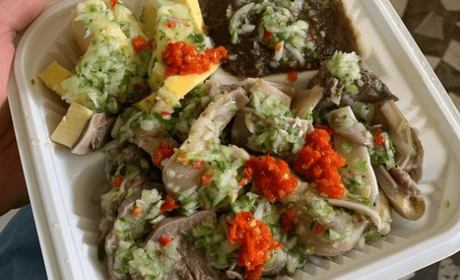
Barbados, like many Caribbean islands, has a strong African influence. The island’s history of African slavery has significantly shaped its food culture. The African tradition of slow cooking meats, stews, and soups has remained a staple in Barbadian cuisine.
Cou-Cou
A prominent example of African influence is Cou-Cou, the national dish of Barbados. Made from cornmeal and okra, it is similar to the West African dish, fufu.
Pudding and Souse
Pudding and souse, a Saturday special, is a dish made of pickled pork served with steamed sweet potato pudding. It traces its roots to West Africa, where similar methods of pickling and preserving meats are common.
The Deep-Rooted Influence of African Culture in Barbadian Cuisine
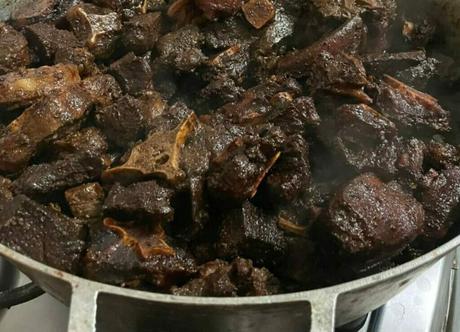
The influence of African culture on Barbadian cuisine is profound and far-reaching. Slaves brought to Barbados from West Africa during the transatlantic slave trade brought with them cooking techniques, ingredients, and dishes that have significantly shaped Bajan cuisine.
- Ingredients: Many staples of Barbadian cuisine, such as okra, black-eyed peas, and plantains, have African origins. These ingredients are used in a variety of dishes, from soups and stews to side dishes and desserts.
- Techniques: Slow cooking, a technique common in African cooking, is widely used in Barbados. Dishes like pepperpot, a slow-cooked stew of meat, spices, and aromatic herbs, are a testament to this technique’s lasting influence.
- Dishes: Many traditional Bajan dishes trace their roots back to Africa. For example, Cou-Cou, made of cornmeal and okra, is a local interpretation of African fufu, a starchy side often served with stews or sauces.
Historical and Cultural Significance of African Influence
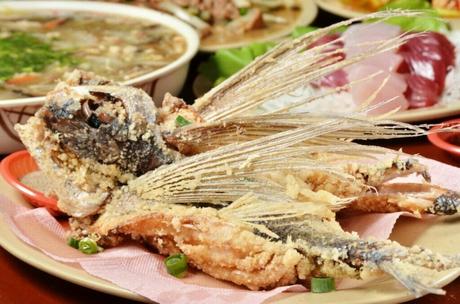
The African influence on Barbadian cuisine, much like the rest of the Caribbean, is deeply tied to the region’s painful history of the transatlantic slave trade. Enslaved Africans brought to Barbados during the 17th and 18th centuries brought with them their culinary traditions, which they adapted to local resources. This resulted in a culinary fusion that still defines Bajan cuisine today. African culinary traditions like ‘one-pot’ meals and the use of pulses, tubers, and plantains have persisted over the centuries.
This cuisine is a testament to the resilience and creativity of the African people, who transformed available ingredients into hearty and flavorful meals, creating a cultural legacy that continues to enrich Barbadian food culture.
The Indigenous Influence
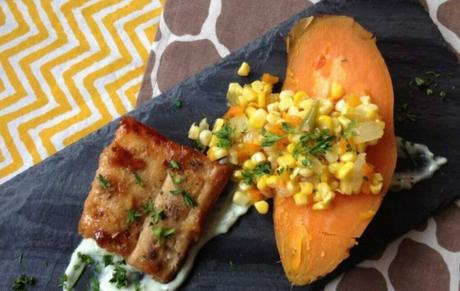
The Indigenous people of Barbados, the Arawaks and Caribs, left a distinct mark on Bajan cuisine. They introduced the smoking and grilling techniques that are widely used in Barbados today.
Flying Fish
The indigenous people were excellent fishermen. Flying fish, considered a national symbol of Barbados, is a popular dish on the island, often served grilled or steamed.
The Indigenous Imprint on Barbadian Cuisine
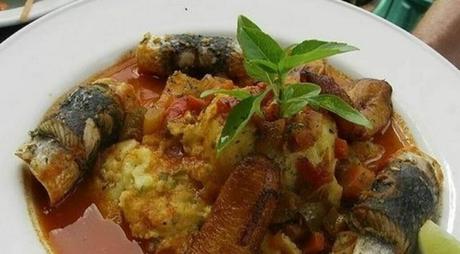
Before the arrival of Europeans and Africans, the Indigenous Arawaks and Caribs inhabited Barbados. Their influence on Bajan cuisine is seen in the use of local resources and traditional cooking methods.
- Ingredients: Indigenous people made use of the island’s natural resources, relying on a diet rich in seafood, root vegetables, and fruits. Cassava, a root vegetable, was a staple in their diet and is still widely consumed in Barbados.
- Techniques: The Arawaks and Caribs were expert fishermen and skilled at grilling and smoking fish, techniques that are still popular in Barbadian cooking today.
- Dishes: Barbados’s national dish, Cou-Cou and Flying Fish, demonstrates Indigenous influence. The flying fish, a plentiful local resource, is often prepared using traditional cooking methods.
Historical and Cultural Significance of Indigenous Influence
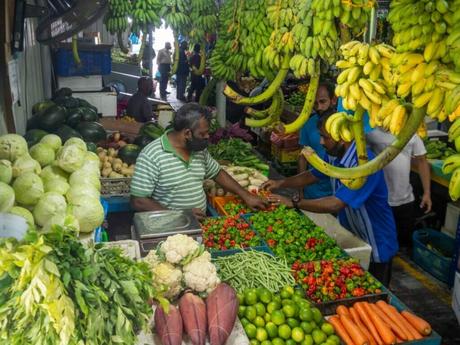
Long before the Europeans or Africans arrived, the Indigenous Arawaks and Caribs inhabited Barbados. Their culinary practices centered around local resources, including seafood, root vegetables, and fruits.
The Indigenous people of Barbados developed sustainable fishing techniques and cultivated crops like cassava, contributing to the island’s agricultural diversity. Despite facing colonization, their culinary traditions have stood the test of time.
The continued use of Indigenous ingredients and cooking methods in modern Barbadian cuisine serves as a tribute to the island’s original inhabitants. It represents an essential connection to the past and a cultural heritage that underscores the importance of sustainability and respect for local resources.
The European Influence
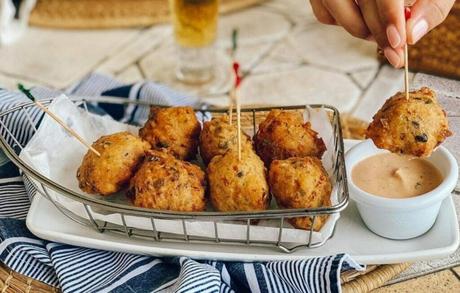
The European influence, particularly from the British, Portuguese, and Irish, is also deeply embedded in Barbadian food culture.
Salt Bread and Fish Cakes
Salt bread and fish cakes, a classic Bajan breakfast, show the British influence. The tradition of baking bread and using salted fish comes from the British colonizers.
Rum
Introduced by the Portuguese, rum has been produced in Barbados since the 17th century. It is not only consumed as a drink but is also used in cooking.
The European Touch in Barbadian Food Culture
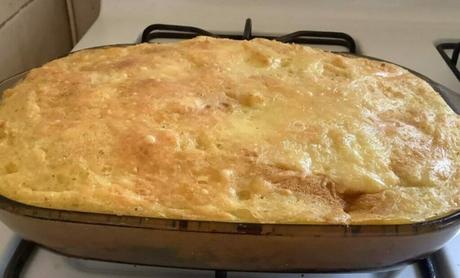
European colonizers, predominantly the British, but also the Portuguese and the Irish, have left an indelible mark on Barbadian food culture.
- Ingredients: European colonizers introduced ingredients like onions, garlic, and a variety of herbs to Barbados, which are now key elements in many Barbadian dishes.
- Techniques: Baking, roasting, and pickling are techniques brought to Barbados by the Europeans, and they are still widely used in the preparation of Bajan dishes.
- Dishes: European influence is evident in dishes like fish and chips and Shepherd’s Pie, which have found a place in the Bajan culinary repertoire. The tradition of afternoon tea is also a British legacy still observed in Barbados.
Historical and Cultural Significance of European Influence
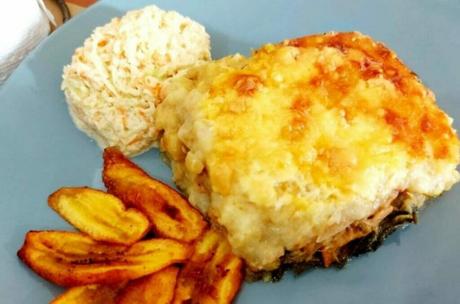
European influence on Barbadian cuisine began with the arrival of colonizers in the 16th century. The British, in particular, left a lasting imprint on the island’s food culture.
The British tradition of afternoon tea, the use of spices in cooking, and dishes like Shepherd’s Pie and fish and chips are all remnants of British colonial rule.
Moreover, European colonizers established sugar plantations in Barbados, which profoundly affected the island’s economy and culinary landscape.
The British influence is a reflection of Barbados’s colonial history, and its persistence underscores the complex relationship between food, culture, and power.
Modern Interpretations of Traditional Dishes by Barbadian Chefs

Contemporary Barbadian chefs are putting their spin on traditional dishes, showcasing the island’s culinary evolution:
Chef Jason Howard
A Barbadian chef based in London, Jason Howard reinterprets classic Bajan dishes with a modern twist, incorporating global influences and techniques.
Chef Damian Leach
The winner of the Caribbean Chef of the Year award, Damian Leach is known for his innovative approach to Bajan cuisine, combining traditional flavors with contemporary flair.
These chefs are not only preserving the island’s culinary heritage but also pushing the boundaries of Barbadian cuisine, creating a dynamic food culture that celebrates the island’s diverse influences.
Cultural Significance of Food in Barbadian Festivals and Celebrations

Food plays a significant role in cultural and religious events in Barbados.
For instance, the Crop Over Festival, a celebration marking the end of the sugar cane harvest, features traditional Bajan foods like conkies—a cornmeal dish with pumpkin, sweet potato, coconut, and raisins wrapped in a banana leaf.
During Christmas, Bajans enjoy Jug-Jug, a dish influenced by the Scottish dish haggis, made with guinea corn flour, pigeon peas, salted beef, and pork.
The Impact of Globalisation and Modernisation
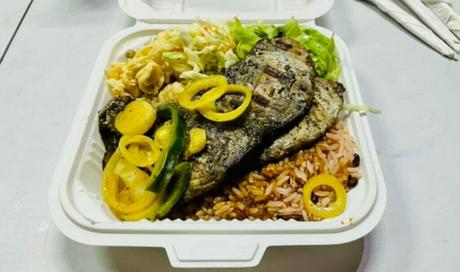
Globalisation and modernisation have also influenced Barbadian cuisine. Fast food chains and international cuisines have made their way to the island. However, the traditional Bajan food culture remains strong, with locals and tourists alike enjoying the island’s traditional dishes.
FAQ
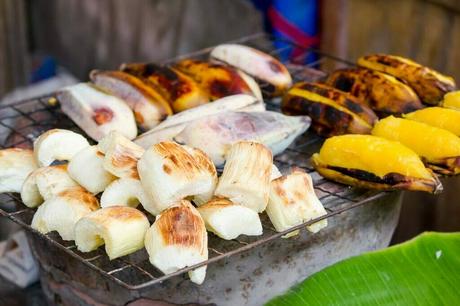
What Are The Cultural Influences Of Barbados?
Barbados, a Caribbean island nation, is influenced by a blend of African, European, and Indigenous cultures. The African influence arrived with the transatlantic slave trade, while European influences, particularly British, emerged during colonial times. Additionally, the Indigenous Arawak and Carib peoples, the island’s original inhabitants, have significantly shaped Barbadian traditions and practices.
What Is The Cultural Food In Barbados?
Cultural food in Barbados, also known as Bajan cuisine, is a fusion of African, European, and Indigenous influences. Key dishes include Cou-Cou and Flying Fish, a national dish with Indigenous roots, and Pudding and Souse, a pickled pork dish with clear European influences. The use of local ingredients, such as cassava, okra, and seafood, is also a defining feature.
What Cultures Have Influenced Caribbean Food?
Caribbean food has been primarily influenced by African, European (mainly Spanish, French, and British), and Indigenous cultures. The transatlantic slave trade brought African culinary traditions, while European colonization introduced new ingredients and cooking techniques. Indigenous Taino, Arawak, and Carib peoples provided a foundation with their knowledge of local resources.
Did Europe Influence Caribbean Cuisine?
European influence is prominent in Caribbean cuisine, largely due to the region’s history of Spanish, French, and British colonization. These influences brought new ingredients, such as onions, garlic, and various spices, and introduced cooking techniques like baking, roasting, and pickling, which are still widely used in Caribbean cooking.
What Foods Did The Africans Bring To The Caribbean?
Africans brought several staple foods to the Caribbean, including okra, plantains, yams, and black-eyed peas. They also introduced techniques like slow cooking and the practice of creating hearty one-pot dishes. These foods and techniques became integral to the region’s cuisine and continue to influence Caribbean cooking today.
How Did The Africans Influence The Caribbean Culture?
African influence on Caribbean culture is profound, extending beyond cuisine to language, music, dance, and religious practices. African culinary traditions, oral storytelling, rhythmic music like reggae and calypso, and spiritual beliefs have greatly shaped Caribbean cultural identity. This influence reflects the resilience and creativity of African people in preserving their cultural heritage despite the adversity of the transatlantic slave trade.
Conclusion: Barbadian Food Culture
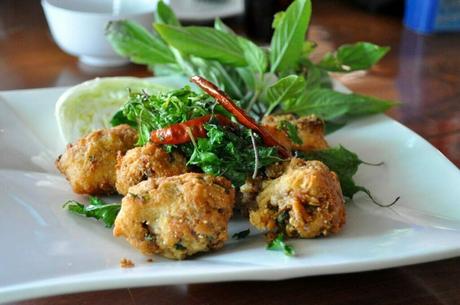
The culinary landscape of Barbados is a testament to the island’s rich history and diverse cultural influences.
From the African-inspired Cou-Cou to the British-influenced salt bread and fish cakes, each dish tells a story of the people and their past.
As globalization and modernization continue to make their mark, the enduring traditions of Barbadian cuisine continue to be a vibrant expression of the island’s unique culture.
So, when you next visit Barbados, don’t just eat; savour the history, culture, and stories that come with each delicious bite.

